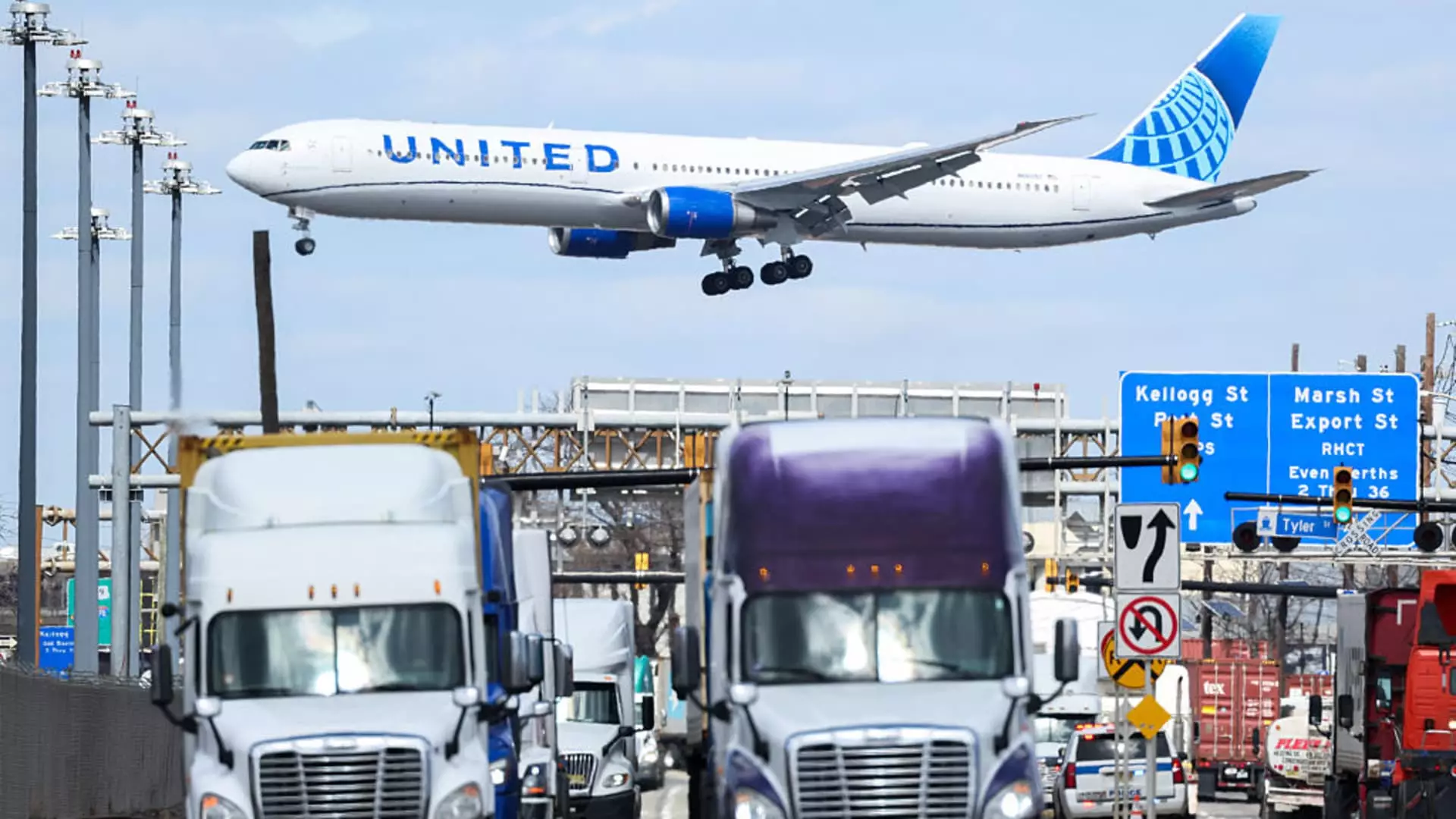In response to an increasingly unpredictable domestic travel landscape, United Airlines has announced significant flight reductions scheduled to begin this summer. The decision to cut domestic capacity by approximately 4% starting in the third quarter is a strategic move aimed at aligning operations with current traveler preferences, particularly as domestic travel demand has not met expectations. While this may seem like a setback, it reflects a keen awareness of market conditions and a willingness to adapt to the changing needs of consumers.
Strong International Demand Counterbalances Domestic Challenges
On the brighter side, United has observed a robust appetite for international travel and premium cabin bookings, a stark contrast to the dip in domestic travel. The airline predicts strong second-quarter adjusted earnings per share, ranging from $3.25 to $4.25, indicative of a company that knows where to focus its resources. This resilience in international bookings indicates that while domestic routes face hurdles, travelers are still eager to invest in higher-end experiences on international flights. This trend underscores a discerning consumer base that prioritizes quality travel experiences, even amidst economic uncertainties.
Financial Performance: A Mixed Bag
Evaluating United’s financial health shows a remarkable turnaround. The airline reported a profit of $387 million, or $1.16 per share, in the first quarter, reversing a loss from the previous year. This upturn, in part, comes from a favorable shift towards more lucrative travel segments, as adjusted earnings exceeded Wall Street projections. However, mixed signals arise with a 3.9% decrease in unit revenue for domestic flights, juxtaposed against a 5% rise in international sales. These metrics highlight a crucial juncture for United—while profitability improves overall, it must navigate the dual dynamics of declining domestic interest and increasing international demand.
Market Insights and Future Projections
The overall airline industry is experiencing a transformative phase, with players like United and Delta Air Lines keenly aware of shifting consumer preferences. The suggestions of potential economic downturns, indicated by Delta’s caution in reaffirming its full-year outlook, add an element of uncertainty that could further impact consumer confidence. However, United has thus far refrained from altering its full-year guidance, projecting adjusted earnings per share between $11.50 and $13.50. This confidence demonstrates a command of the market, using strategic foresight and operational adjustments to weather potential economic storms.
Concluding Thoughts on a Developing Landscape
As United Airlines embarks on this calculated response to market conditions, it serves as an illuminating case study on resilience in the face of adversity. While domestic travel may be waning, the airline’s focus on international routes showcases a savvy understanding of evolving consumer behavior. The overarching narrative hints at a more selective travel landscape, where quality and luxury reign supreme amidst broader economic concerns. United’s ability to pivot swiftly may well set the tone for how airlines navigate the challenges ahead, positioning itself as a leader amidst turbulence in the travel industry.


Leave a Reply